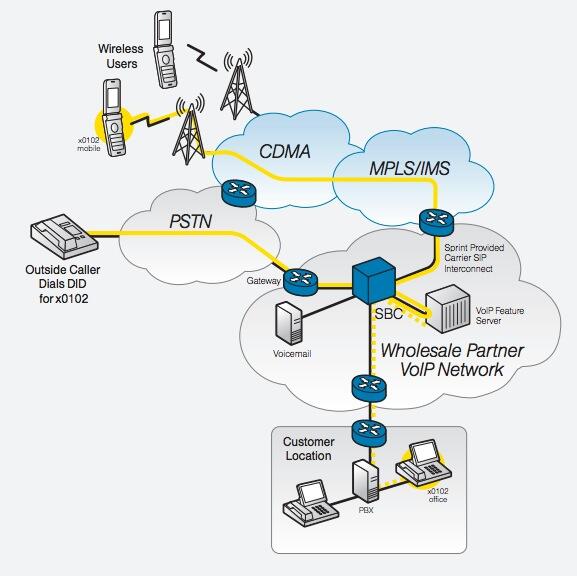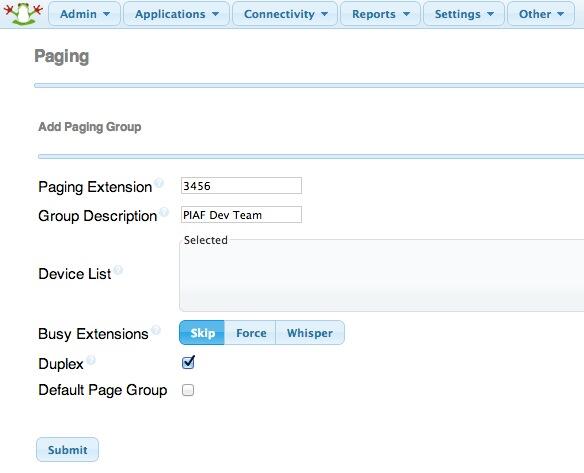FMC: The Future of Telephony with Vitelity’s vMobile and Asterisk in the Cloud
If making phone calls from a web browser is what you’ve always longed for, then you’re in good company with Google and its future direction in the telephony space. Call us old fashioned but this strikes us as a solution in desperate need of a problem. What’s wrong with a Plain Old Telephone or a smartphone for making connections with friends and business associates? The real head scratcher is the fact that the WebRTC and Hangouts push demonstrates that the… Read More ›








 JUST RELEASED: Visit the Incredible PBX Wiki
JUST RELEASED: Visit the Incredible PBX Wiki
